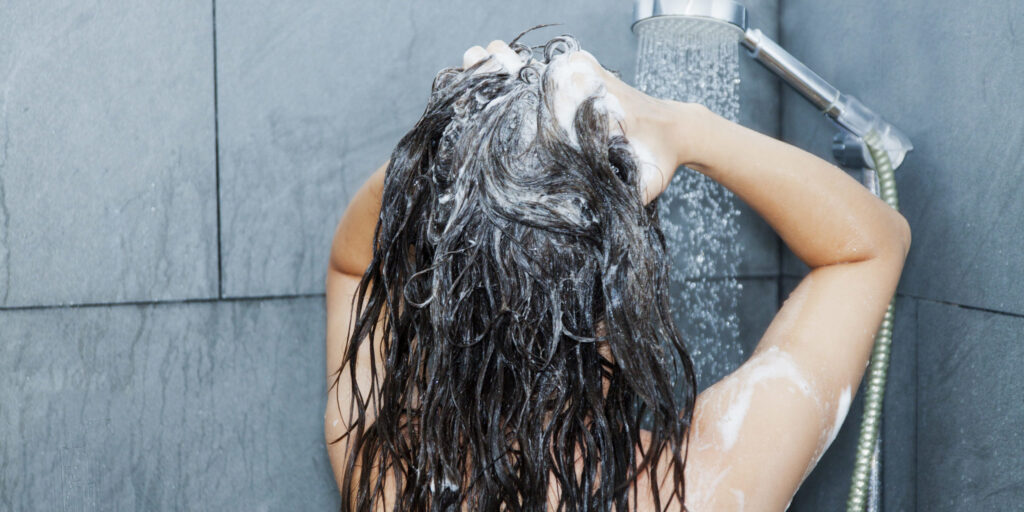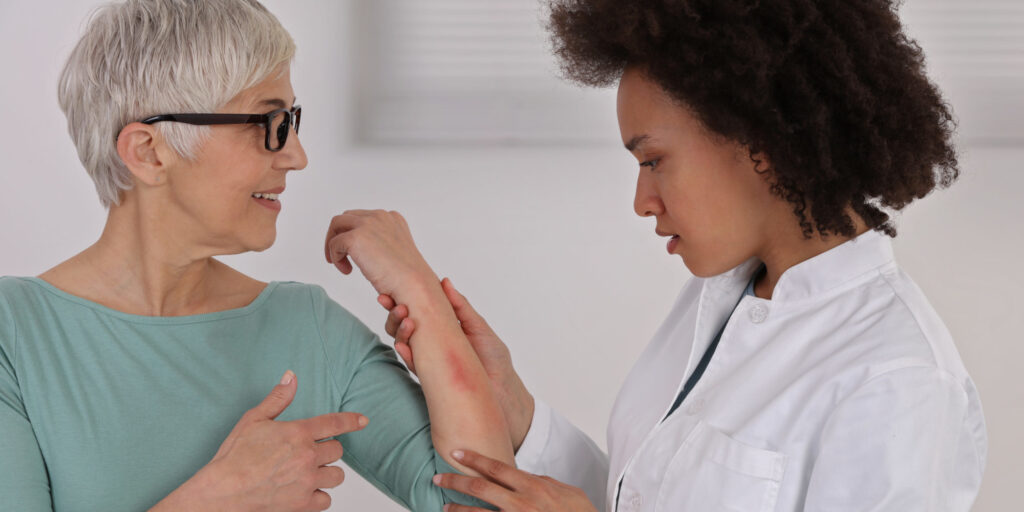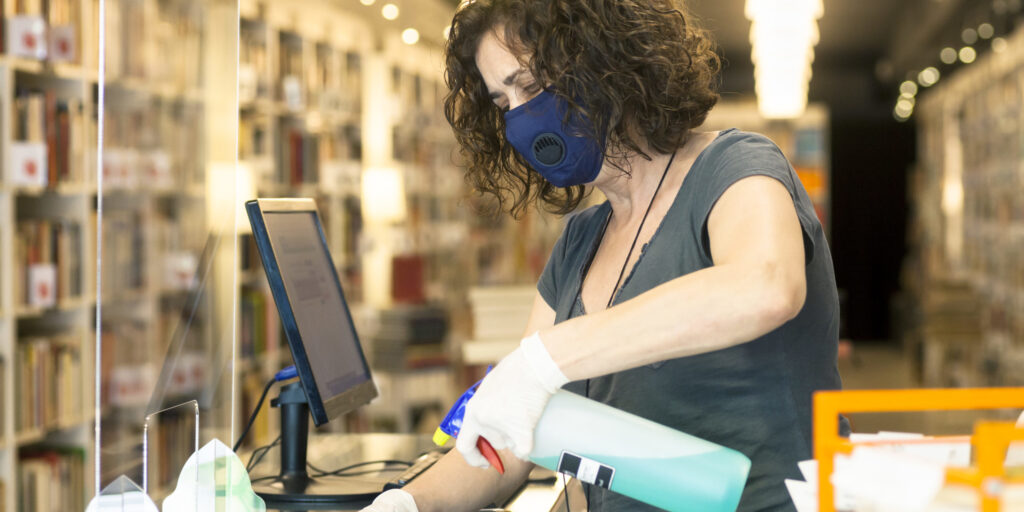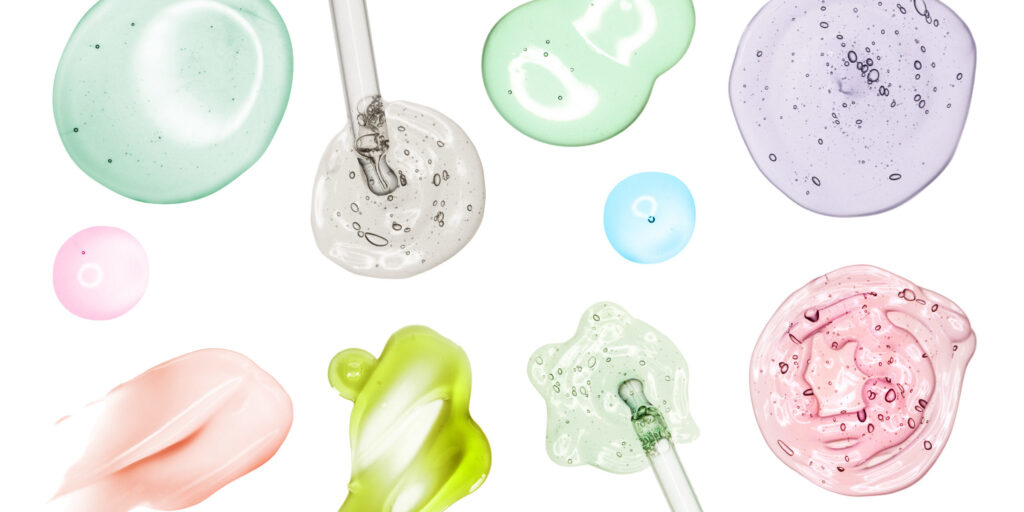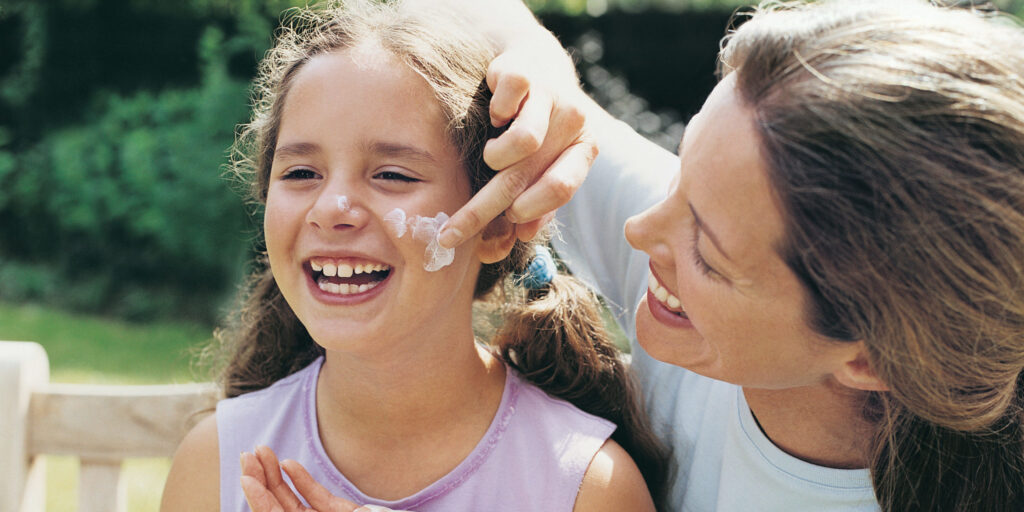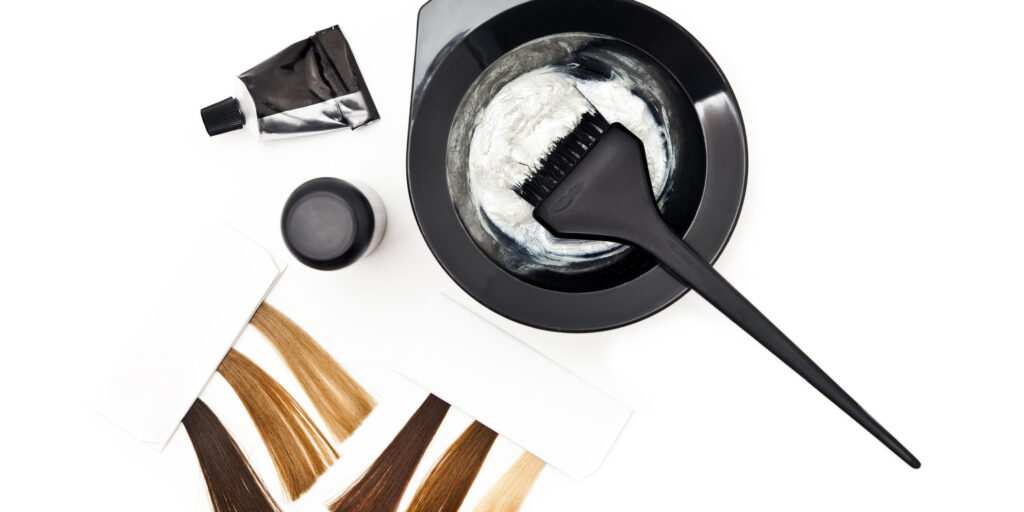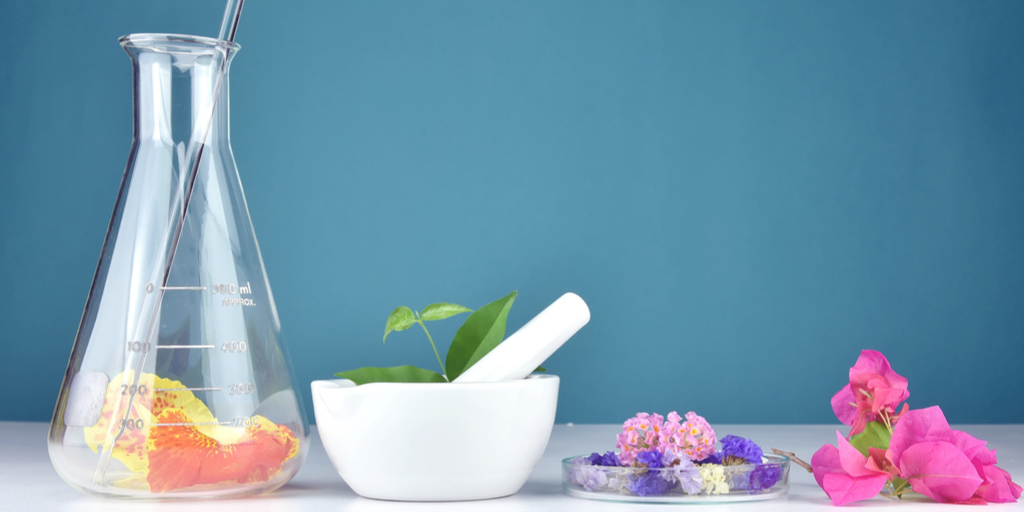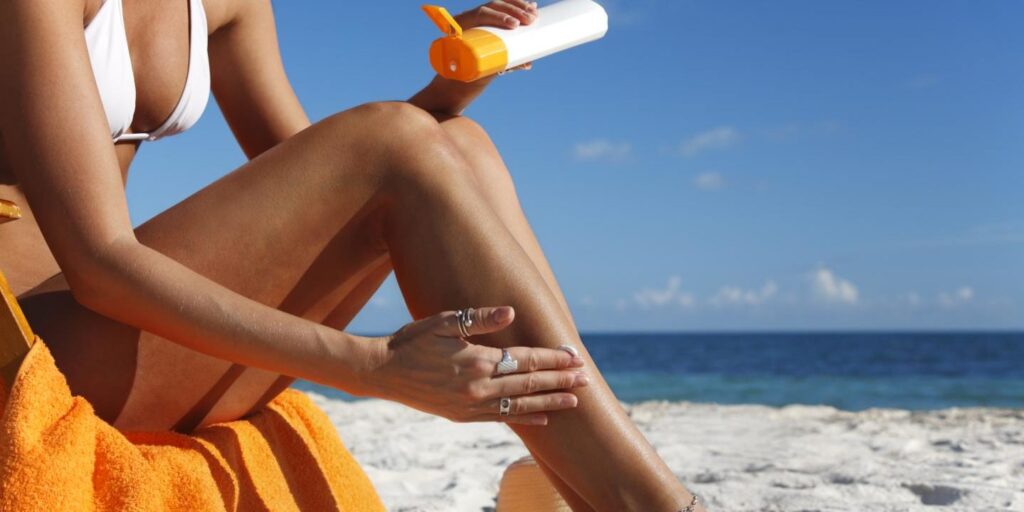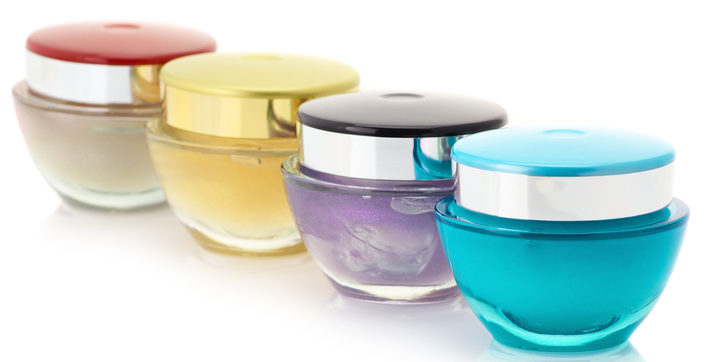Misinformation May Increase Risks to Young Adults Seeking “Perfect Tan”
A troubling trend has been gaining traction among teenagers and young adults: increasing sun exposure for a “perfect tan.” Medical experts have long documented the ultraviolet (UV) exposure risks such as increased skin cancer rates, melasma and skin aging; however, social media influencers are spreading dangerous tanning misinformation to their followers. What’s more is a […]
Misinformation May Increase Risks to Young Adults Seeking “Perfect Tan” Read More »

